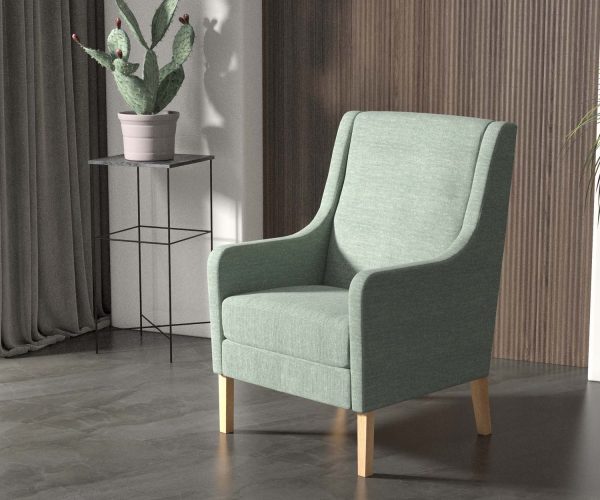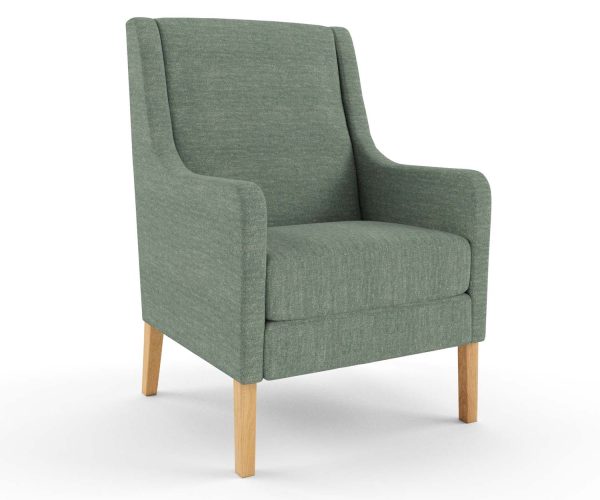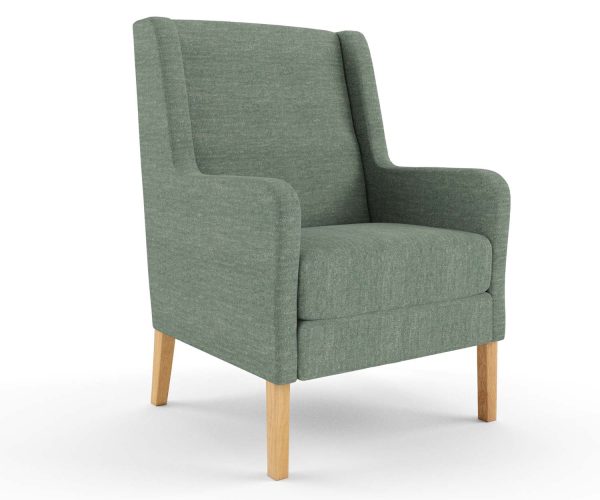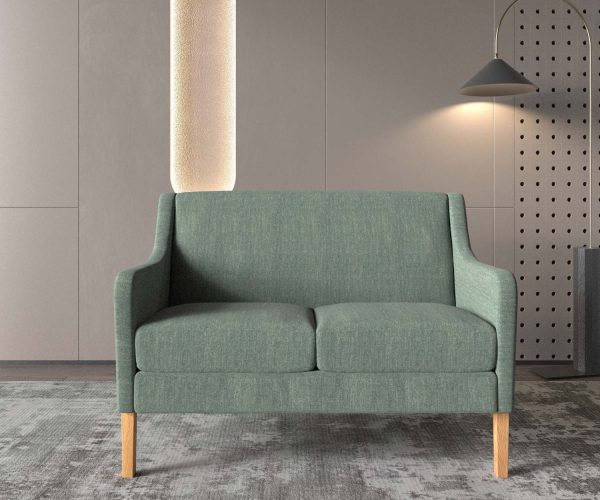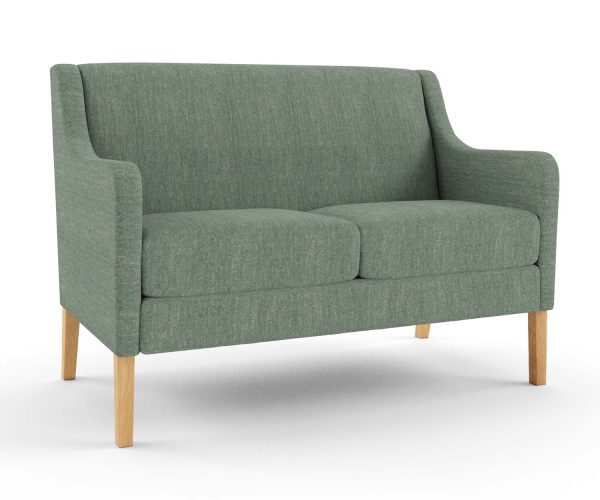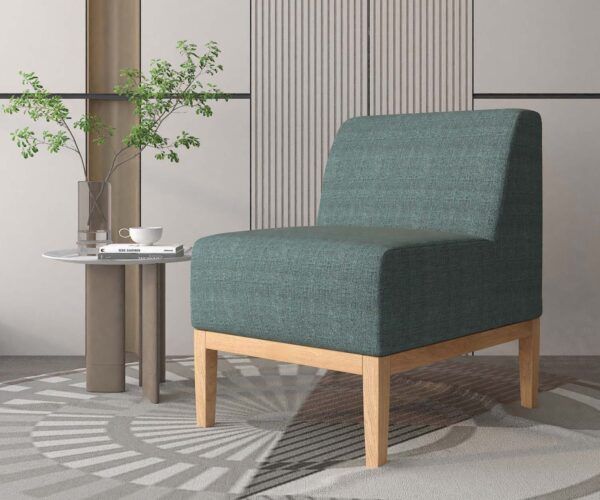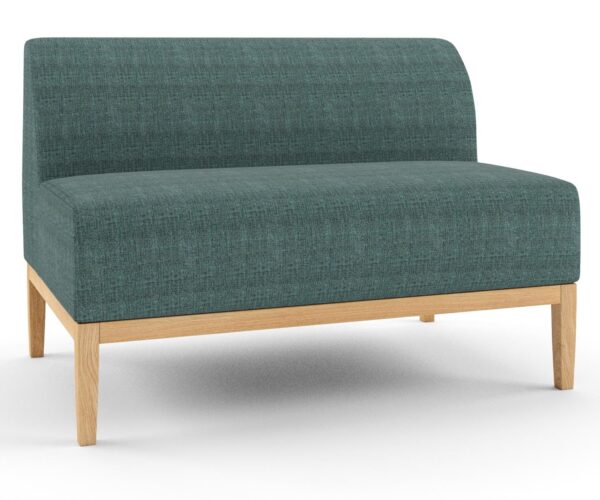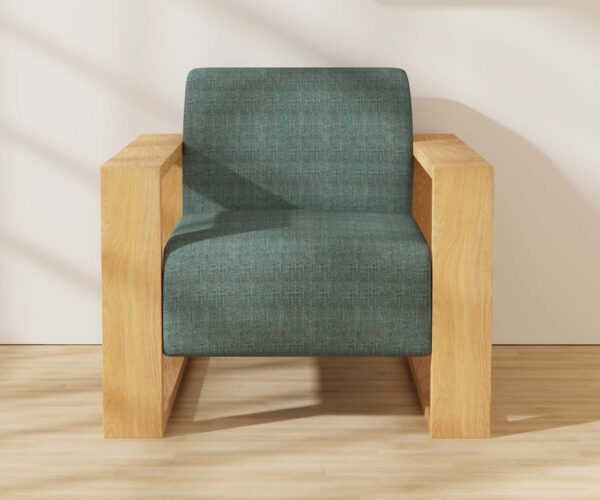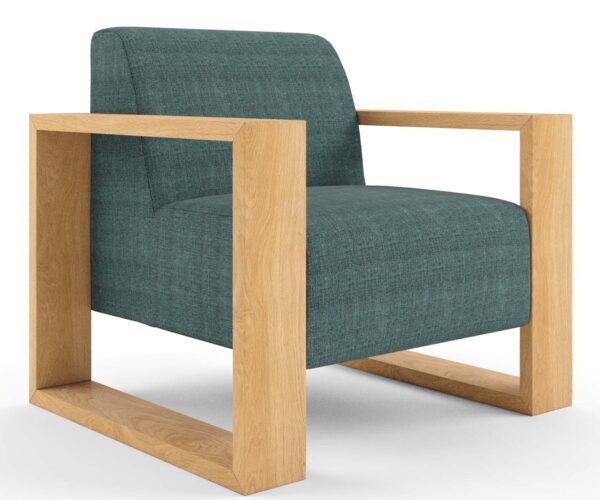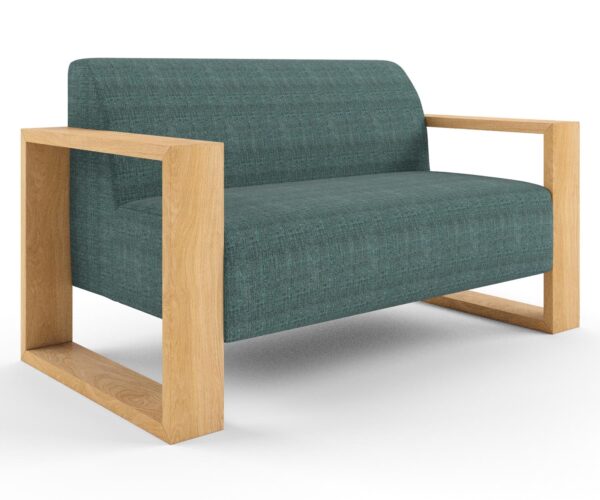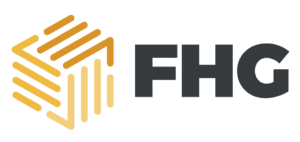Designing Tomorrow’s Care Spaces: Aged Care Fitouts vs. Medical Fitouts
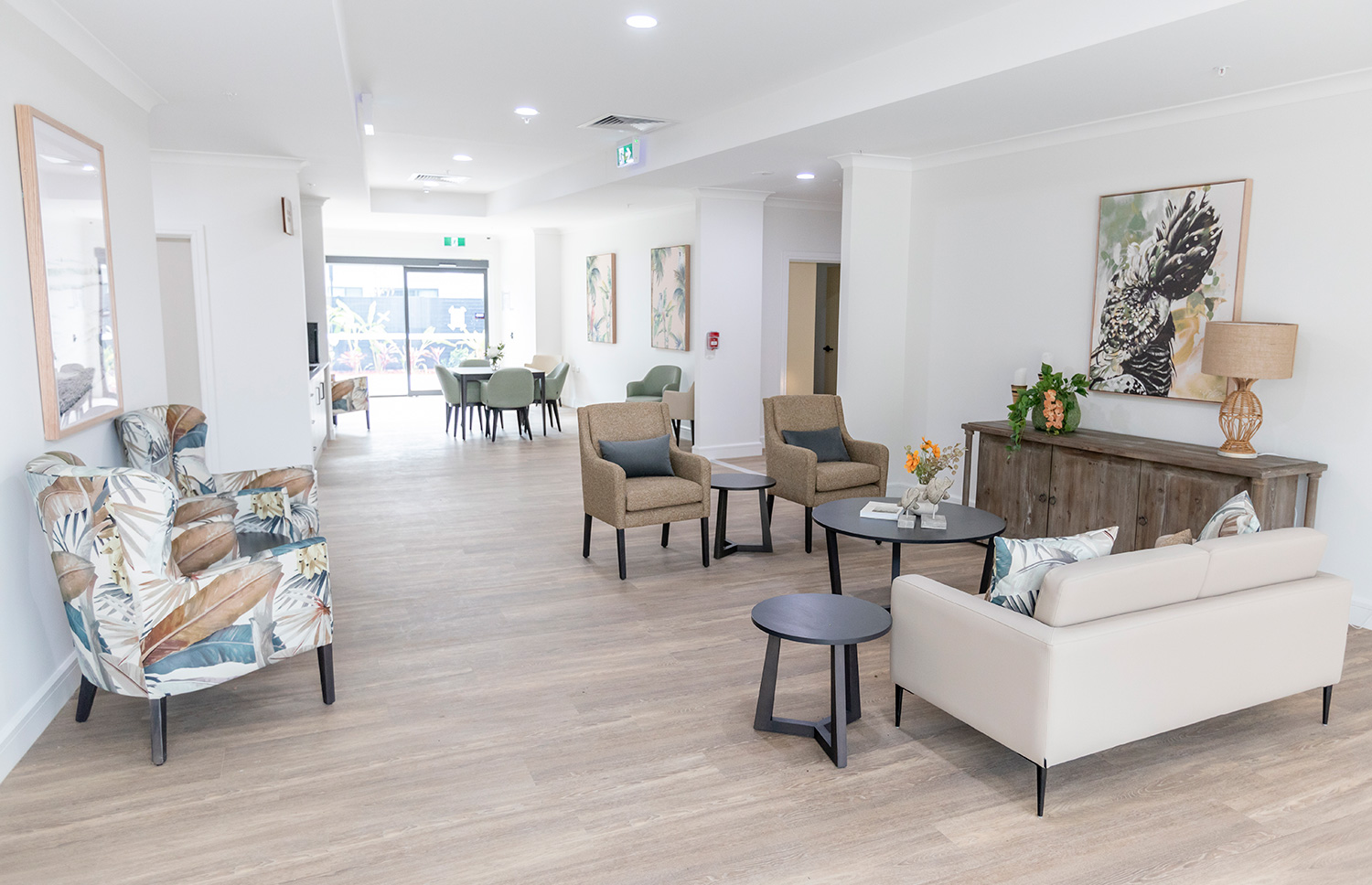
In the ever-evolving landscape of health and aged care design, the quest for optimal care environments remains a top priority for aged care facility managers in Australia. As we look to the future, the discussion around aged care fitouts versus medical fitouts takes center stage, presenting a crucial choice that can significantly impact the well-being of residents and the efficiency of care delivery.
Embracing Innovation: The Heart of Aged Care Fitouts
Aged Care Fitouts: A Symphony of Comfort and Functionality
When it comes to aged care fitouts, the emphasis is on creating spaces that seamlessly blend comfort with functionality. Aged care facility managers understand the importance of crafting environments that feel like home while meeting the unique needs of aging residents. From communal areas to private rooms, the design elements focus on creating a warm and inviting atmosphere.
Key Considerations:
- Comfortable Furnishings: Ergonomically designed fit-for-purpose aged care furniture that prioritizes support and ease of use.
- Homely Aesthetics: Warm color schemes, soft textures, and familiar decor to promote a sense of familiarity.
- Community Spaces: Thoughtfully designed communal areas that encourage socialization and engagement.
Australian Aged Care Regulatory Standards for Service Environments
In the dynamic landscape of Australian aged care, the pursuit of excellence in service provision goes hand-in-hand with the commitment to regulatory standards governing care environments. Rooted in the Aged Care Act 1997, the regulatory framework encompasses a multifaceted approach, encompassing quality standards, accreditation criteria, and specific guidelines for the physical and cultural dimensions of aged care facilities.
Here is an overview of key aspects of Australian aged care regulations related to service environments:
Aged Care Quality Standards
The Aged Care Quality Standards, introduced in July 2019, outline the expectations for the quality of care and services provided in aged care facilities. There are eight standards that cover various aspects, including consumer dignity and choice, ongoing assessment and planning, personal care and clinical care, and more.
Accreditation Standards
Aged care facilities must meet the Accreditation Standards to be eligible for government funding. These standards cover areas such as management systems, health and personal care, resident lifestyle, physical environment, and staffing.
Physical Environment Standards
Specific standards and guidelines exist for the physical environment of aged care facilities. These encompass aspects such as safety, accessibility, hygiene, comfort, and the overall design of the facility.
Fire Safety Standards
Aged care facilities are required to comply with fire safety standards to ensure the safety of residents. This includes having adequate fire detection and suppression systems, emergency evacuation procedures, and staff training.
Accessibility and Mobility
Aged care regulations emphasize the importance of creating environments that are accessible to residents with varying levels of mobility. This includes considerations for ramps, handrails, and other features to assist those with mobility challenges.
Infection Control and Prevention
Given the vulnerability of aged care residents to infections, there are regulations related to infection control and prevention. Facilities must have measures in place to minimize the risk of infectious diseases.
Consumer Choice and Dignity
The rights of residents to make choices about their care and maintain their dignity are central to aged care regulations. Facilities are expected to create an environment that supports individual preferences and autonomy.
Complaints Handling
Aged care facilities are required to have effective mechanisms for handling complaints. This includes providing residents and their families with avenues to express concerns and ensuring timely and appropriate responses.
Cultural Competence
Cultural competence is emphasized in aged care regulations to ensure that facilities respect and cater to the diverse cultural backgrounds of residents. This includes considerations for language, food preferences, and culturally appropriate care.
Training and Staffing
Regulations also address the qualifications and training of staff in aged care facilities. Adequate staffing levels and appropriately trained personnel are essential for providing high-quality care.
Facility managers and staff in Australian aged care facilities are responsible for ensuring compliance with these regulations to provide a safe and supportive environment for residents. It’s crucial to stay updated on any changes to regulations and guidelines issued by relevant authorities.
The Precision of Medical Fitouts: Where Function Meets Form
Medical Fitouts: Elevating Care Environments with Precision
On the other side of the spectrum, medical fitouts are tailored to meet the stringent requirements of healthcare settings. Precision is the keyword here, as these spaces are designed to facilitate efficient healthcare delivery, ensuring that medical professionals can provide optimal care while maintaining a sterile and organized environment.
Key Considerations:
- Clinical Efficiency: Layouts that optimize workflow for healthcare providers, reducing response times and enhancing patient care.
- Infection Control: Incorporation of materials and surfaces that are easy to clean and maintain, ensuring a hygienic environment.
- Advanced Technology Integration: Seamless integration of medical technology to enhance diagnostics, treatment, and overall patient care.
Bridging the Gap: Striking the Perfect Balance
While aged care fitouts and medical fitouts may seem like divergent paths, the key lies in finding the perfect balance. The modern aged care facility is increasingly a hybrid space, where the comforts of home coexist with the precision of medical facilities.
Strategies for Success:
- Flexible Design Solutions: Spaces that can adapt to evolving needs, allowing for both comfort and clinical efficiency.
- Collaborative Design Approaches: Involvement of both facility managers and healthcare professionals in the design process to ensure a holistic perspective.
- Technology Integration: Smart use of technology to enhance both resident experience and healthcare delivery.
Looking Ahead: A Unified Vision for Tomorrow’s Care Spaces
As Australian aged care facility managers navigate the path toward tomorrow’s care spaces, the integration of aged care fitouts and medical fitouts emerges as a compelling vision. By embracing innovation, finding common ground, and prioritizing the well-being of residents, we can create environments that truly stand at the forefront of healthcare design.
In this quest for excellence, the future is not about choosing between aged care fitouts and medical fitouts but about crafting spaces that seamlessly blend the best of both worlds, ushering in a new era of care that is comfortable, efficient, and truly visionary.
FAQs About Aged Care Fitouts
What are aged care fitouts, and why are they important?
Aged care fitouts refer to the process of designing and furnishing spaces within aged care facilities to meet the specific needs and preferences of elderly residents. These fitouts are crucial for creating environments that prioritize comfort, safety, and functionality to enhance the overall well-being of residents.
How do aged care fitouts differ from standard commercial fitouts?
Aged care fitouts differ from standard commercial fitouts in that they are tailored to address the unique requirements of elderly individuals. This includes considerations for accessibility, comfort, safety features, and a design that supports the aging population’s physical and cognitive needs.
What factors should be considered in the design of aged care fitouts?
Design considerations for aged care fitouts include ergonomic furniture for comfort, accessibility features to accommodate mobility challenges, infection control measures, appropriate lighting, and layouts that promote socialization and ease of navigation. The goal is to create an environment that supports the overall well-being of residents.
How can technology be integrated into aged care fitouts?
Technology integration in aged care fitouts can involve the use of smart devices, communication systems, and healthcare technologies. This may include electronic health record systems, monitoring devices, and communication tools that enhance the quality of care and improve the efficiency of operations within the facility.
Are there regulations that govern aged care fitouts?
Yes, aged care fitouts are subject to regulations outlined in the Aged Care Act 1997 and associated standards and guidelines. These regulations cover aspects such as safety, accessibility, infection control, and the overall quality of care provided in aged care facilities.
How can aged care fitouts contribute to the well-being of residents?
Aged care fitouts play a crucial role in contributing to the well-being of residents by creating environments that are comfortable, safe, and supportive of their physical and emotional needs. Thoughtful design, appropriate furnishings, and accessibility features contribute to a positive living experience for elderly individuals.
What are the latest trends in aged care fitouts?
Current trends in aged care fitouts include the use of flexible and adaptable spaces, the integration of technology for healthcare monitoring, sustainable and environmentally friendly design practices, and the creation of homely and aesthetically pleasing environments that promote a sense of community and well-being.
How can aged care fitouts be customized to cater to the diverse needs of residents?
Aged care fitouts can be customized by considering the diverse needs of residents, including cultural preferences, varying levels of mobility, and individual lifestyle choices. This may involve incorporating flexible design elements, providing choices in furnishings, and creating spaces that accommodate different cultural practices.
What role do aged care fitouts play in creating a dementia-friendly environment?
Aged care fitouts can contribute to creating dementia-friendly environments by incorporating design elements that support cognitive well-being. This includes clear signage, color contrast for visibility, familiar and homely aesthetics, and layouts that minimize confusion and agitation for residents living with dementia.
How can aged care facilities ensure compliance with regulations in their fitouts?
To ensure compliance with regulations, aged care facilities should work closely with experienced designers and fit-out professionals who are knowledgeable about the specific requirements outlined in the Aged Care Act 1997 and associated standards. Regular audits and assessments can also be conducted to ensure ongoing compliance with regulatory guidelines.
Australian Made Custom Furniture for Health and Aged Care
We make custom furniture in our Brisbane furniture manufacturing facility. Every piece is fit-for-purpose according to the needs of our clients.
More News
Designing Tomorrow’s Care Spaces: Aged Care Fitouts vs. Medical Fitouts

In the ever-evolving landscape of health and aged care design, the quest for optimal care environments remains a top priority for aged care facility managers in Australia. As we look to the future, the discussion around aged care fitouts versus medical fitouts takes center stage, presenting a crucial choice that can significantly impact the well-being of residents and the efficiency of care delivery.
Embracing Innovation: The Heart of Aged Care Fitouts
Aged Care Fitouts: A Symphony of Comfort and Functionality
When it comes to aged care fitouts, the emphasis is on creating spaces that seamlessly blend comfort with functionality. Aged care facility managers understand the importance of crafting environments that feel like home while meeting the unique needs of aging residents. From communal areas to private rooms, the design elements focus on creating a warm and inviting atmosphere.
Key Considerations:
- Comfortable Furnishings: Ergonomically designed fit-for-purpose aged care furniture that prioritizes support and ease of use.
- Homely Aesthetics: Warm color schemes, soft textures, and familiar decor to promote a sense of familiarity.
- Community Spaces: Thoughtfully designed communal areas that encourage socialization and engagement.
Australian Aged Care Regulatory Standards for Service Environments
In the dynamic landscape of Australian aged care, the pursuit of excellence in service provision goes hand-in-hand with the commitment to regulatory standards governing care environments. Rooted in the Aged Care Act 1997, the regulatory framework encompasses a multifaceted approach, encompassing quality standards, accreditation criteria, and specific guidelines for the physical and cultural dimensions of aged care facilities.
Here is an overview of key aspects of Australian aged care regulations related to service environments:
Aged Care Quality Standards
The Aged Care Quality Standards, introduced in July 2019, outline the expectations for the quality of care and services provided in aged care facilities. There are eight standards that cover various aspects, including consumer dignity and choice, ongoing assessment and planning, personal care and clinical care, and more.
Accreditation Standards
Aged care facilities must meet the Accreditation Standards to be eligible for government funding. These standards cover areas such as management systems, health and personal care, resident lifestyle, physical environment, and staffing.
Physical Environment Standards
Specific standards and guidelines exist for the physical environment of aged care facilities. These encompass aspects such as safety, accessibility, hygiene, comfort, and the overall design of the facility.
Fire Safety Standards
Aged care facilities are required to comply with fire safety standards to ensure the safety of residents. This includes having adequate fire detection and suppression systems, emergency evacuation procedures, and staff training.
Accessibility and Mobility
Aged care regulations emphasize the importance of creating environments that are accessible to residents with varying levels of mobility. This includes considerations for ramps, handrails, and other features to assist those with mobility challenges.
Infection Control and Prevention
Given the vulnerability of aged care residents to infections, there are regulations related to infection control and prevention. Facilities must have measures in place to minimize the risk of infectious diseases.
Consumer Choice and Dignity
The rights of residents to make choices about their care and maintain their dignity are central to aged care regulations. Facilities are expected to create an environment that supports individual preferences and autonomy.
Complaints Handling
Aged care facilities are required to have effective mechanisms for handling complaints. This includes providing residents and their families with avenues to express concerns and ensuring timely and appropriate responses.
Cultural Competence
Cultural competence is emphasized in aged care regulations to ensure that facilities respect and cater to the diverse cultural backgrounds of residents. This includes considerations for language, food preferences, and culturally appropriate care.
Training and Staffing
Regulations also address the qualifications and training of staff in aged care facilities. Adequate staffing levels and appropriately trained personnel are essential for providing high-quality care.
Facility managers and staff in Australian aged care facilities are responsible for ensuring compliance with these regulations to provide a safe and supportive environment for residents. It’s crucial to stay updated on any changes to regulations and guidelines issued by relevant authorities.
The Precision of Medical Fitouts: Where Function Meets Form
Medical Fitouts: Elevating Care Environments with Precision
On the other side of the spectrum, medical fitouts are tailored to meet the stringent requirements of healthcare settings. Precision is the keyword here, as these spaces are designed to facilitate efficient healthcare delivery, ensuring that medical professionals can provide optimal care while maintaining a sterile and organized environment.
Key Considerations:
- Clinical Efficiency: Layouts that optimize workflow for healthcare providers, reducing response times and enhancing patient care.
- Infection Control: Incorporation of materials and surfaces that are easy to clean and maintain, ensuring a hygienic environment.
- Advanced Technology Integration: Seamless integration of medical technology to enhance diagnostics, treatment, and overall patient care.
Bridging the Gap: Striking the Perfect Balance
While aged care fitouts and medical fitouts may seem like divergent paths, the key lies in finding the perfect balance. The modern aged care facility is increasingly a hybrid space, where the comforts of home coexist with the precision of medical facilities.
Strategies for Success:
- Flexible Design Solutions: Spaces that can adapt to evolving needs, allowing for both comfort and clinical efficiency.
- Collaborative Design Approaches: Involvement of both facility managers and healthcare professionals in the design process to ensure a holistic perspective.
- Technology Integration: Smart use of technology to enhance both resident experience and healthcare delivery.
Looking Ahead: A Unified Vision for Tomorrow’s Care Spaces
As Australian aged care facility managers navigate the path toward tomorrow’s care spaces, the integration of aged care fitouts and medical fitouts emerges as a compelling vision. By embracing innovation, finding common ground, and prioritizing the well-being of residents, we can create environments that truly stand at the forefront of healthcare design.
In this quest for excellence, the future is not about choosing between aged care fitouts and medical fitouts but about crafting spaces that seamlessly blend the best of both worlds, ushering in a new era of care that is comfortable, efficient, and truly visionary.
FAQs About Aged Care Fitouts
What are aged care fitouts, and why are they important?
Aged care fitouts refer to the process of designing and furnishing spaces within aged care facilities to meet the specific needs and preferences of elderly residents. These fitouts are crucial for creating environments that prioritize comfort, safety, and functionality to enhance the overall well-being of residents.
How do aged care fitouts differ from standard commercial fitouts?
Aged care fitouts differ from standard commercial fitouts in that they are tailored to address the unique requirements of elderly individuals. This includes considerations for accessibility, comfort, safety features, and a design that supports the aging population’s physical and cognitive needs.
What factors should be considered in the design of aged care fitouts?
Design considerations for aged care fitouts include ergonomic furniture for comfort, accessibility features to accommodate mobility challenges, infection control measures, appropriate lighting, and layouts that promote socialization and ease of navigation. The goal is to create an environment that supports the overall well-being of residents.
How can technology be integrated into aged care fitouts?
Technology integration in aged care fitouts can involve the use of smart devices, communication systems, and healthcare technologies. This may include electronic health record systems, monitoring devices, and communication tools that enhance the quality of care and improve the efficiency of operations within the facility.
Are there regulations that govern aged care fitouts?
Yes, aged care fitouts are subject to regulations outlined in the Aged Care Act 1997 and associated standards and guidelines. These regulations cover aspects such as safety, accessibility, infection control, and the overall quality of care provided in aged care facilities.
How can aged care fitouts contribute to the well-being of residents?
Aged care fitouts play a crucial role in contributing to the well-being of residents by creating environments that are comfortable, safe, and supportive of their physical and emotional needs. Thoughtful design, appropriate furnishings, and accessibility features contribute to a positive living experience for elderly individuals.
What are the latest trends in aged care fitouts?
Current trends in aged care fitouts include the use of flexible and adaptable spaces, the integration of technology for healthcare monitoring, sustainable and environmentally friendly design practices, and the creation of homely and aesthetically pleasing environments that promote a sense of community and well-being.
How can aged care fitouts be customized to cater to the diverse needs of residents?
Aged care fitouts can be customized by considering the diverse needs of residents, including cultural preferences, varying levels of mobility, and individual lifestyle choices. This may involve incorporating flexible design elements, providing choices in furnishings, and creating spaces that accommodate different cultural practices.
What role do aged care fitouts play in creating a dementia-friendly environment?
Aged care fitouts can contribute to creating dementia-friendly environments by incorporating design elements that support cognitive well-being. This includes clear signage, color contrast for visibility, familiar and homely aesthetics, and layouts that minimize confusion and agitation for residents living with dementia.
How can aged care facilities ensure compliance with regulations in their fitouts?
To ensure compliance with regulations, aged care facilities should work closely with experienced designers and fit-out professionals who are knowledgeable about the specific requirements outlined in the Aged Care Act 1997 and associated standards. Regular audits and assessments can also be conducted to ensure ongoing compliance with regulatory guidelines.
Australian Made Custom Furniture for Health and Aged Care
We make custom furniture in our Brisbane furniture manufacturing facility. Every piece is fit-for-purpose according to the needs of our clients.
Commercial furniture by room
Based in Brisbane, we’re an Australian manufacturer of aged care furniture, retirement living furniture, hospital & healthcare furniture, hotel & accommodation furniture and student accommodation furniture. We also supply a range of commercial office furniture.
Discover the FHG Look Book: Your Source of Inspiration for Quality Australian-Made Commercial Furniture
- Quality Craftsmanship: See why we’ve been a trusted partner for over 25 years.
- Local Excellence: Learn how our Brisbane team ensures the highest standards.
- Inspiration and Ideas: Find innovative furniture solutions for any environment.
Don’t miss the opportunity to transform your commercial space with FHG’s expertly crafted furniture. Download the FHG Look Book today and start your journey towards exceptional design and quality.



